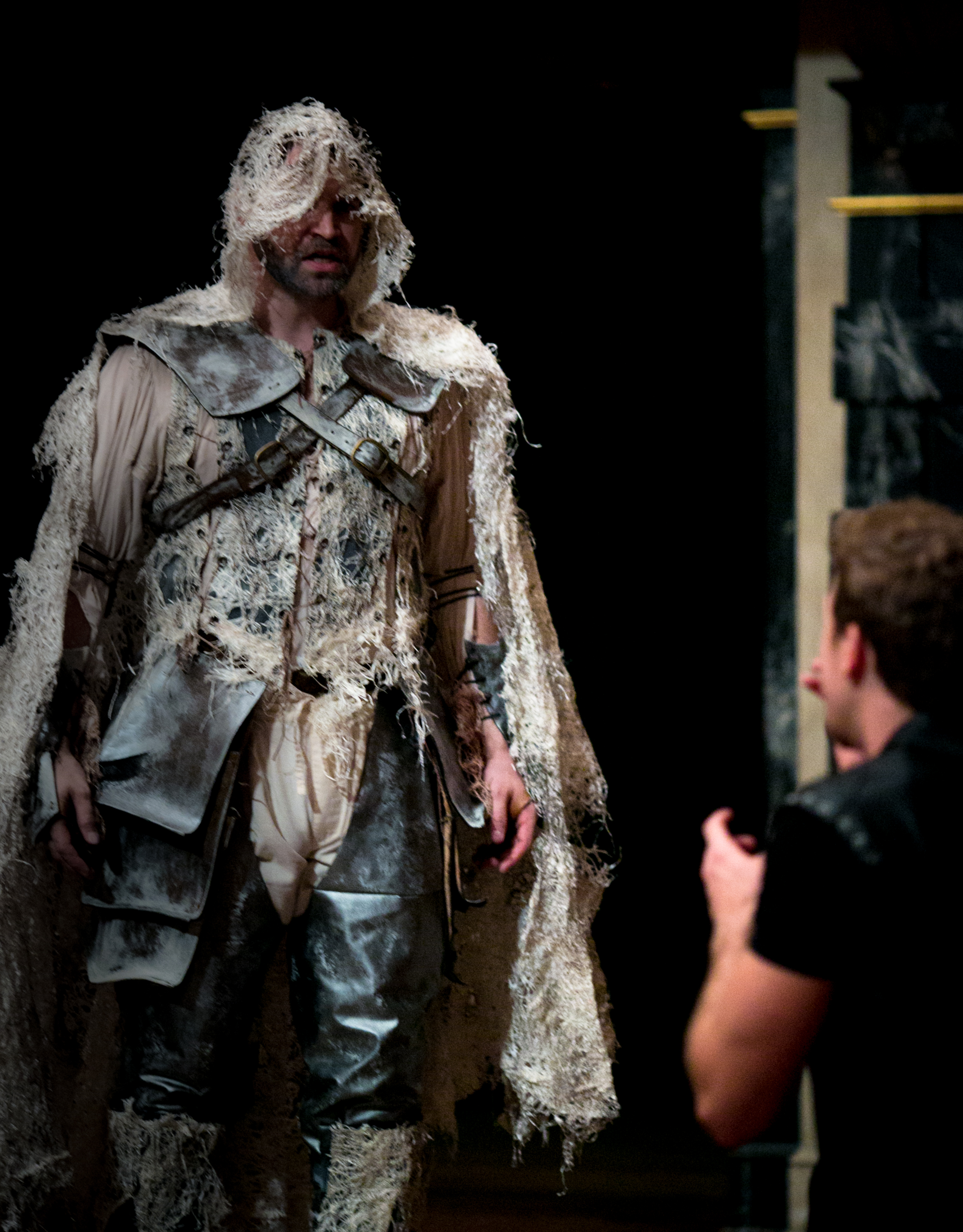Though Halloween as we know it is largely one of merriment and good-spirited spookiness, it has somber origins in both the Roman Lemuralia and the Celtic Samhain. The three days of the Lemuralia were devoted to banishing malevolent ghosts and other negative spirits. Though the Lemuralia was originally held in May, once it merged with similar Christian observances, its associations got transferred to the autumn. It may also have connection with three autumn days when the Romans opened a gate, believed to lead to the underworld, in the Temple of Janus, and appeased the spirits there with offerings from the harvest. By contrast, the Celtic Samhain (pronounced SHAH-vahn in Irish Gaelic) was primarily a harvest festival, marking the end of seasons for herdsmen and traders alike, but was also traditionally the day when the veils between our world and the Otherworld were thinnest, allowing fairies and ghosts to slip across the threshold. Many Scottish and Irish legends feature abductions carried out on Samhain. Customary protections included wearing one’s clothing inside-out and carrying iron.

By the 16th century in England, those pre-Christian traditions had blended with the Christian ideas of Allhallowtide — a three-day observance from October 31st to November 2nd, featuring, in succession, martyrs, saints, and all departed Christian souls. Commoners would go begging at the houses of the rich for soul cakes, in exchange for which they would promise to pray for the souls of the rich and their families, a practice Shakespeare refers to in The Two Gentlemen of Verona, when Speed says that a lover would “speak puling, like a beggar at Hallowmas.” Sometimes they would do this disguised or masked, perhaps as an outgrowth of the Samhain traditions, and in some areas, it was customary to dress up as the saint who was the patron or patroness of the local church. Considering the gory ends that many saints and martyrs came to, perhaps the later association of Halloween with the horror genre is a natural shift. Eventually that procession, well-known to Shakespeare, evolved into trick-or-treating.

The early modern fascination with the supernatural infuses many of Shakespeare’s plays. Vengeful ghosts show up in Macbeth, Julius Caesar, and Hamlet. King Hamlet even references the idea that spirits wandering the earth were souls in Purgatory:
I am thy father’s spirit,
Doom’d for a certain term to walk the night,
And for the day confined to fast in fires,
Till the foul crimes done in my days of nature
Are burnt and purged away.
King Hamlet certainly doesn’t seem restricted to a single night, but maybe this is a hint that at least part of the play takes place on or near Halloween? Puck calls on the same idea of wandering spirits in A Midsummer Night’s Dream:
My fairy lord, this must be done with haste,
For night’s swift dragons cut the clouds full fast,
And yonder shines Aurora’s harbinger;
At whose approach, ghosts, wandering here and there,
Troop home to churchyards:
Oberon is careful to remind him — and the audience — that the fairies are “spirits of another sort”, ethereal but not infernal.
That cultural delight in the paranormal isn’t so far removed from the modern day as our post-Enlightenment society might believe, either. Consider the enduring popularity of horror films, paranormal romances, and ghost-hunting TV shows, or the yearly pilgrimages many of us make to theme park haunted houses, paying for the privilege of being spooked. Here in Staunton, ghost tours of downtown have become so popular that they now start in June and keep running until winter chill sets in. Medieval and early modern superstitions have hung on as well: if you’ve ever knocked on wood, crossed your fingers for luck, or even said “Bless you” when someone sneezes, you’re continuing centuries-old traditions meant to maintain a barrier between the spirit world and our physical realm.


